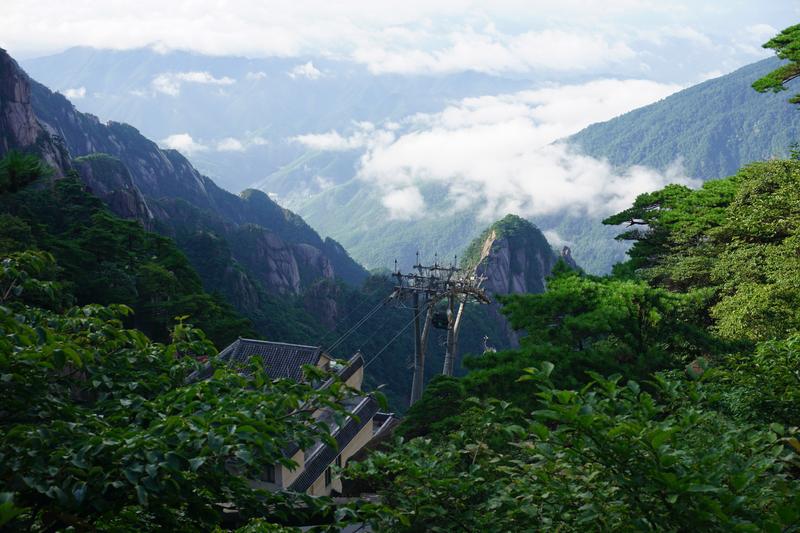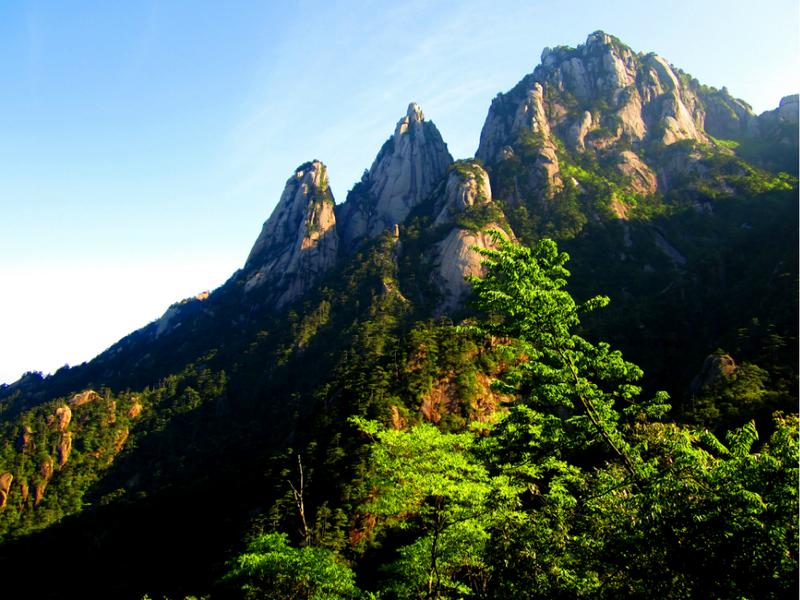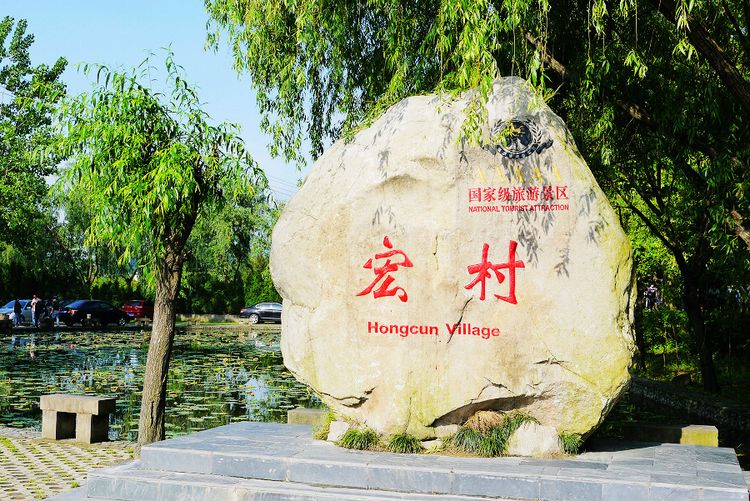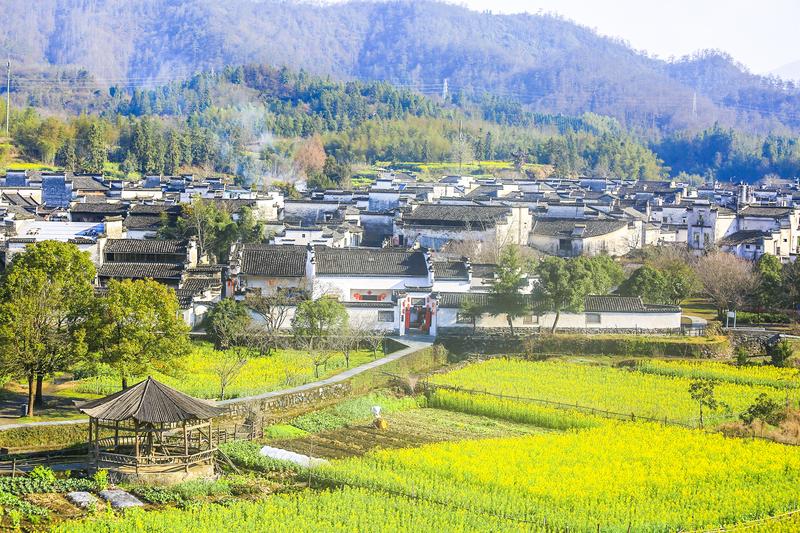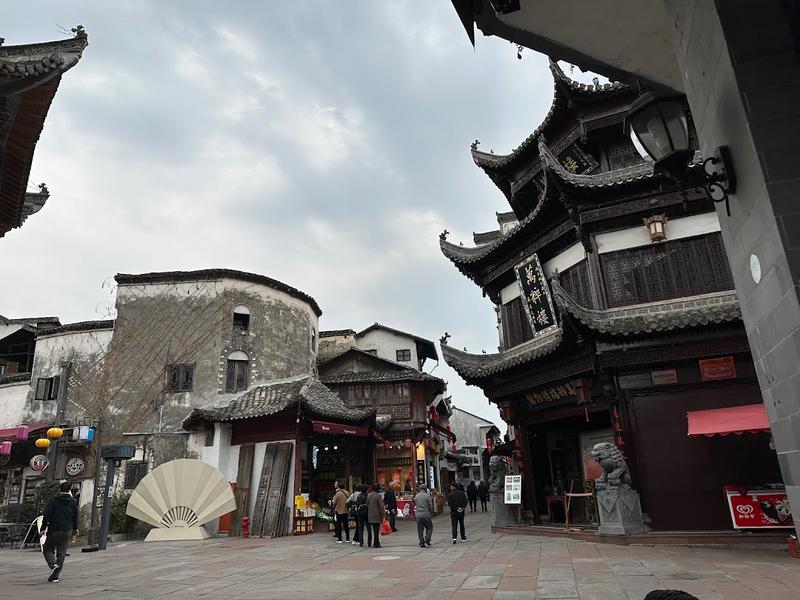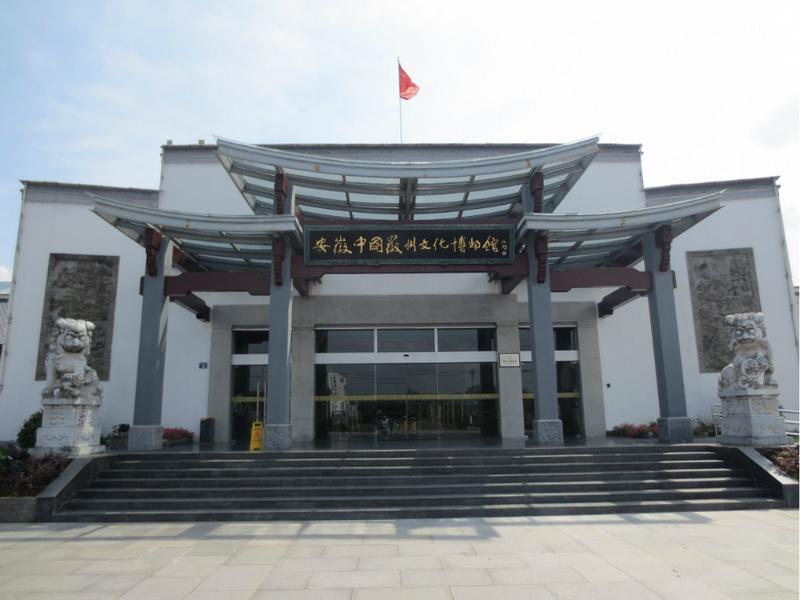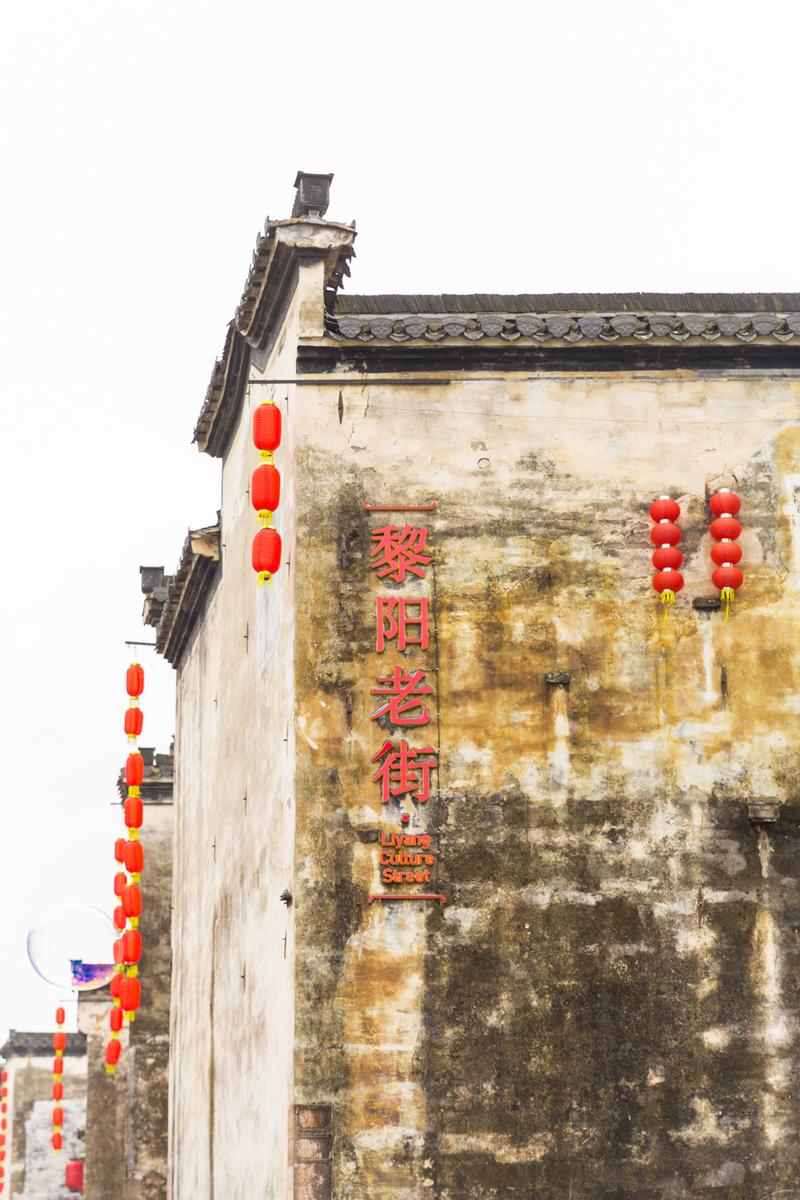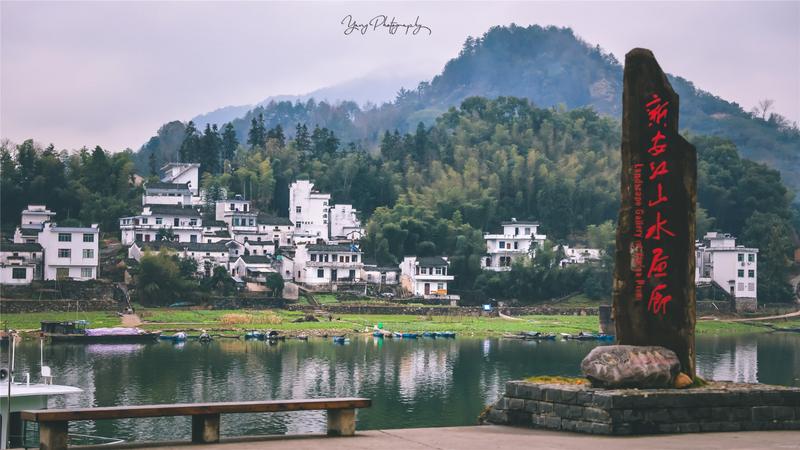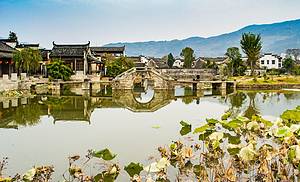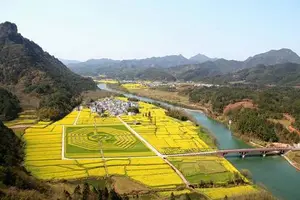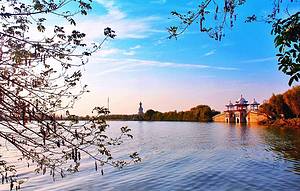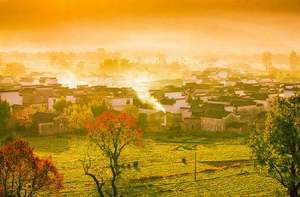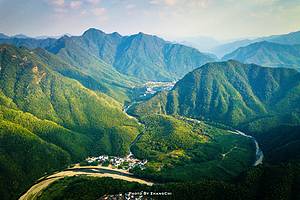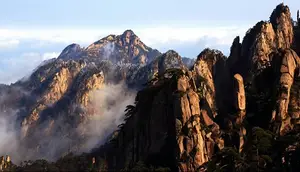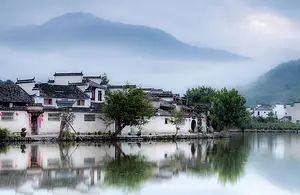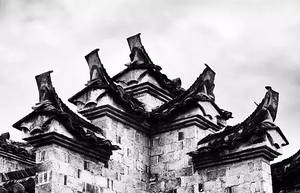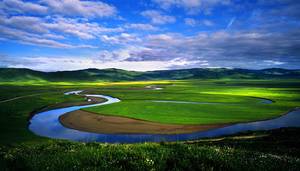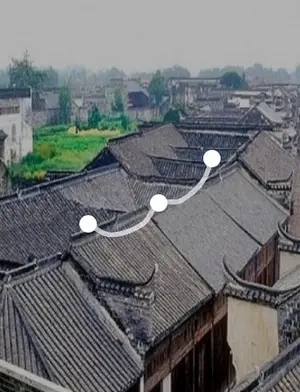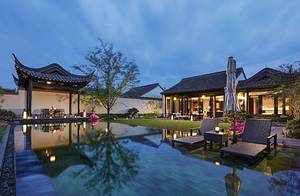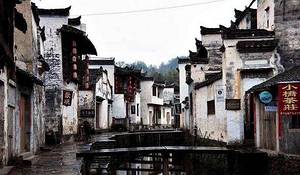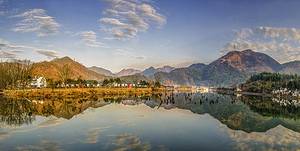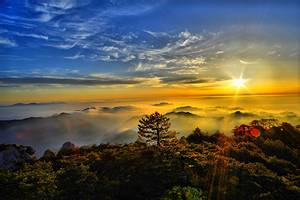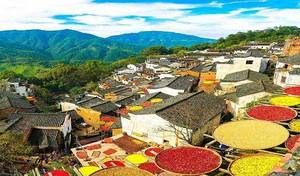Explore Huangshan for 3 Days
1 cities |
9 attraction(s) |
total distance 115
km
 TIPS
TIPS
Day1
Day2
Day3
Day1: Huangshan
3 attraction(s) ·
6 km
1
Huangshan is known as the "Number One Odd Mountain in the World" and is famous for its four wonders: the Odd Pine, Strange Rock, Sea of Clouds, and Hot Springs. It is regarded as the crown of China's famous mountains. Additionally, the rime, snow scenery, and sunrise in the scenic area are also must-see attractions for tourists. The Book of Songs once praised it as "Not seeing mountains when returning from Yueyang, not seeing Yueyang when returning from Huangshan." The Huangshan scenic area is divided into two main parts: the front mountain and the back mountain. The front mountain is the area from Ciguang Pavilion to Guangmingding, including hot springs, Yupinglou, and Tianhai scenic area, with numerous attractions such as Yingke Pine, Half-Mountain Temple, Yupinglou, Yixiantian, and Aoyu Peak. The back mountain is the area from Yungu Temple to Guangmingding, including Beihai and Xihai scenic areas, with main attractions such as Shixin Peak, Paiyun Pavilion, Xihai Grand Canyon, Feilai Stone, and Songgu An. Among these beautiful sights, the Three Oddities and Five Wonders are what make people unforgettable. Most visitors will choose to enter from the South Gate, which has entrances to both the front and back mountains and is close to Tangkou Town at the foot of the mountain.
3
km
2
The Yuping scenic area, once known as Wenshu Temple, is one of the central areas of Huangshan. It is centered around the Yuping Tower, with Lotus Peak and Tian Du Peak as the main attractions, commonly referred to as the front mountain. Within the tourist route, there are also exquisite attractions such as "Penglai Three Islands," "Hundred-step Cloud Stairs," "One-Line Sky," "New One-Line Sky," and "Ao Yu Cave." Here, there are magnificent mountain ranges, perilous cliffs, cliffs engraved with ancient calligraphy and paintings, and misty clouds in the sky. It is worth mentioning that there are also attractions to admire such as the Welcoming Pine, Farewell Pine, Squirrel Jumping to Heaven, Peacock Playing with Lotus, Jiang Taigong Fishing, Immortal Floating on the Sea, Rhino Gazing at the Moon, etc. It is well known that the Yuping scenic area is the prime location of Huangshan, as the saying goes, "Without visiting Wenshu Temple, one cannot fully experience Huangshan."
4
km
3
Beihai Scenic Area is located in the surrounding area of Huangshan Scenic Area, between Guangmingding, Shixinfeng, Shizifeng, and Bai'e Peak, connected to Yungu Scenic Area and adjacent to Yuping Scenic Area, and close to Songgu Scenic Area in the north.
Beihai Scenic Area is a high-altitude open area at an altitude of about 1600 meters, with a concentration of peaks, rocks, terraces, platforms, and pine trees, creating a landscape characterized by thrilling, bizarre, and illusion. The wonderful layout and changing glass colors here constitute magnificent, steep, wonderful, and thrilling natural landscapes, serving as a window of Huangshan Scenic Area.
The Beihai Scenic Area is filled with peaks, and Shimen Peak and Gongyang Mountain are high peaks above 1800 meters, acting as a barrier that separates the north and south. In addition, Shixinfeng and Shizifeng are also well-known high peaks.
There are many tall famous pine trees in the scenic area, such as Heihusong, Lianlisong, and Longzhaosong. In front of the viewing platform, there is Shisun Peak, where you can enjoy a distant view of Guanyin drifting at sea. On the left side of the viewing platform, there is Woyun Peak, with Tanhai Song and Wolong Song on it. 10 meters to the right of the viewing platform, there is Shuqinsong (Yuanmen Song), and on the left side, there is Jieyinsong along the way to the edge of Shixinfeng, where there is also Juyinsong on the top of Shixinfeng.
The main attractions include Shizifeng, Shixinfeng, Monkey Watching the Sea, Immortal Backing Treasure, Dream Pen Blossoming Flower, Flying Rock, and Eighteen Arhats Facing the South Sea.
Day2: Huangshan
3 attraction(s) ·
49 km
1
Hongcun is the most representative village of Huizhou architectural style, known as the "village in the painting of China." The famous movie "Crouching Tiger, Hidden Dragon" was filmed here, and the Nanhu Bridge is particularly well-known internationally. The entire village has a unique shape like a bull, with three classical landscapes - Shuizhen, Nanhu, and Yuezhao. Here, you can feel the tranquility of sketching and painting, stroll through alleys taking photos, or simply sit quietly by Nanhu and enjoy the beautiful scenery of willows as if you were in a painting.
12
km
2
Xidi Village has a history of nearly a thousand years. In 2000, it was listed as a world cultural heritage site and is known as "the most beautiful village in the world" and "a treasure trove of ancient residential architecture." Here, there are hundreds of well-preserved Ming and Qing Dynasty ancient houses, with buildings and roads paved with marble. Two clear springs run through the village, and 99 high walls and deep alleys form a maze-like structure. The Qing stone archway is the most famous landmark in the village, built in 1578, and is a symbol of the prominent status of the Hu family. It is exquisitely crafted and majestic in appearance. In addition, Lufu Hall and Daifu Mansion are both classic buildings in Xidi, with the latter now used as a venue for folk activities such as "throwing embroidered balls" by ladies in ancient costumes on high buildings. Every year from March to April, when the rapeseed flowers bloom, visitors to Xidi Village can enjoy the stunning scenery of white walls and black tiles set amongst the blossoming flowers.
38
km
Day3: Huangshan
3 attraction(s) ·
35 km
1
Huizhou Cultural Museum was developed from Huangshan City Museum. The new museum was officially opened on January 8, 2008 and is entirely free. It is located at 50 Yingbin Avenue, Tunxi District, Huangshan City, and has nearly 100,000 collections of cultural relics. Huizhou ink, She inkstones, Xin'an calligraphy and painting, Huizhou documents, and Huizhou wood carvings are some of its featured collections. Anhui Huizhou Cultural Museum is a national first-level museum and the second batch of key ancient book protection units in the country. It also serves as a youth rights protection station in Anhui Province and a patriotic education base at the provincial and municipal levels.
The basic exhibition theme of Huizhou Cultural Museum is "Huizhou People and Huizhou Culture," divided into six parts: Entering Huizhou, Huizhou Merchants, Rituals of Huizhou, Huizhou Architecture, Huizhou Art, and Huizhou Technology. The exhibition content includes Xin'an's beautiful landscapes, the historical background of Huizhou people and Huizhou culture, Huizhou merchants during the Ming and Qing Dynasties, Huizhou women, Southeast Zou and Lu regions, Cheng-Zhu School, Huizhou clans, Xin'an medicine, technology stars, treasures of study, Xin'an painting school, Huizhou woodblock prints, Huizhou seal cutting, Huizhou villages, Huizhou residences, and Huizhou wood carvings.
3
km
2
Li Yang Old Street in Liyang Village, Liyang Town, Tunxi District, Huangshan City is across the river from Tunxi Old Street. This old street has a history of 1800 years and is a rich historical and cultural tourist resource. After renovation, the pedestrian flow line of Liyang Ancient Town Old Street is well-designed, combining catering, leisure, culture, and retail, creating a leisure street with distinctive Huizhou cultural characteristics and rejuvenating the charm of the millennium-old Liyang Ancient Town Old Street.
32
km
3
The ecological environment on both sides of the Xin'an River landscape gallery is very beautiful. From March to April, the rapeseed flowers are in full bloom, which is even more stunning.
Tourists can choose to take a boat tour and enjoy the beautiful scenery of the green mountains and Huizhou villages on both sides. The whole journey follows the highway and country roads, and there is no need to climb hills. The difficulty is not high. It is best to arrange two days.
In Jiuli Lake, tourists can enjoy ice sculptures. In Zhangtan, you can admire a thousand-year-old camphor tree that takes 10 people to surround it. There is also a Red Dressing Museum that collects hundreds of wedding items.
In summer, you can taste Suntan loquat in Yezitan, Zhangtan, and Miantan, or taste Sankou honey pomelo in Zhengkou, Xinxikou, and Jiekou. If you happen to see local villagers selling them, don't hesitate to try them!

